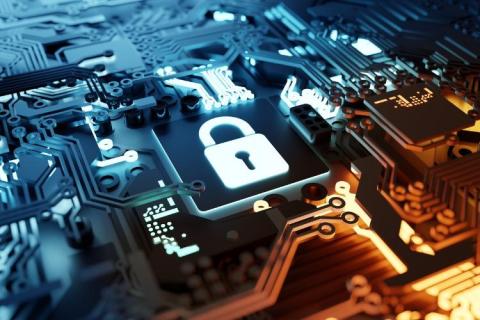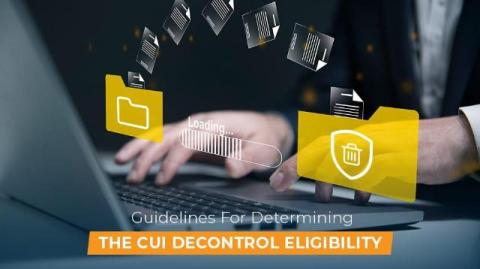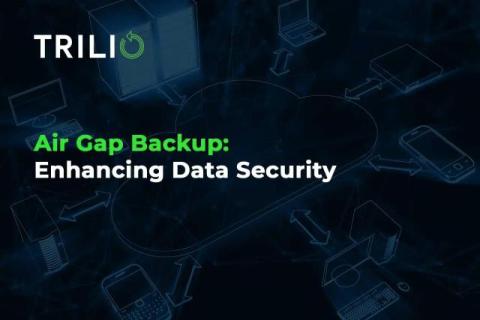The Best Practices for Implementing Zero Trust Access Management
Zero trust access management is a cybersecurity approach that never trusts any user by default. Instead, it requires verification for every access request, regardless of whether it comes from inside or outside the network. This method ensures a higher level of security by continuously validating user identities and device statuses.











